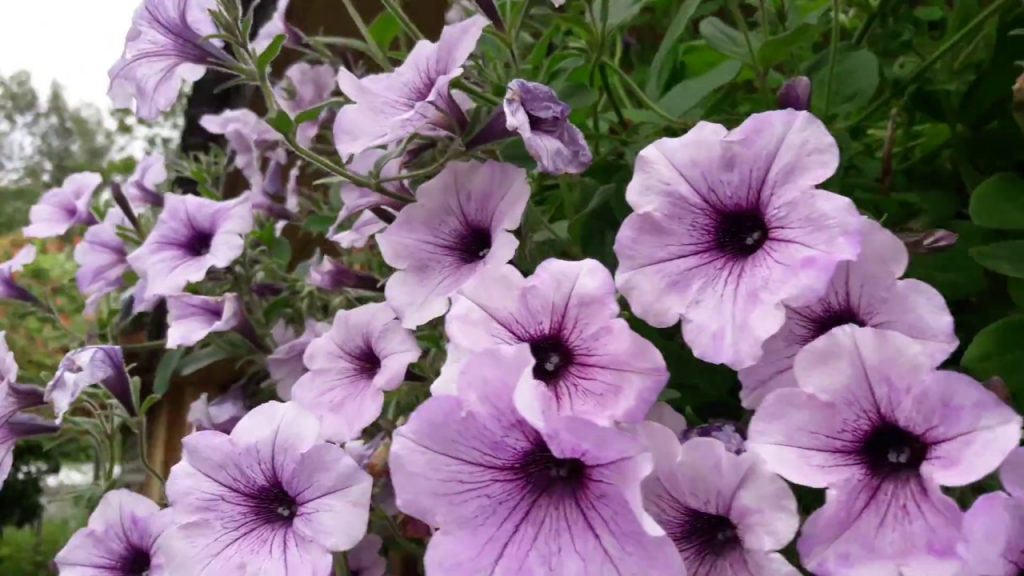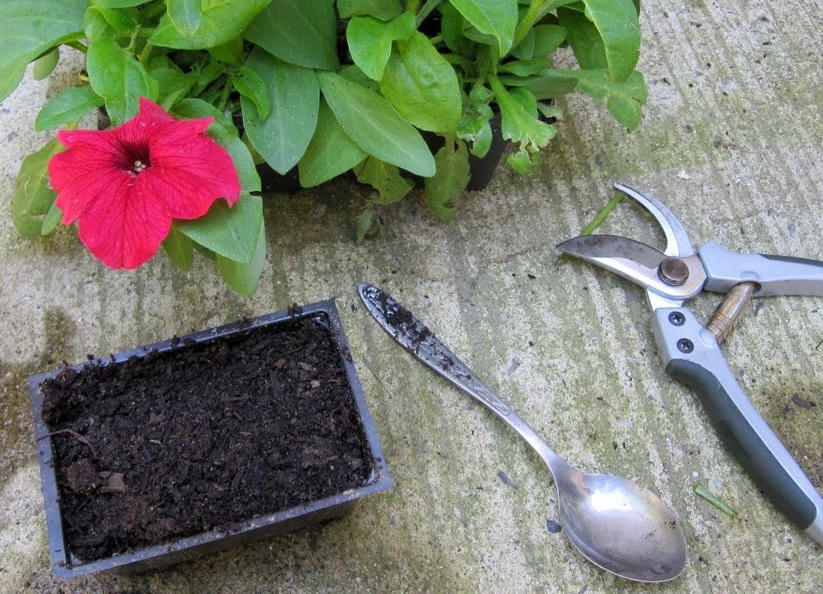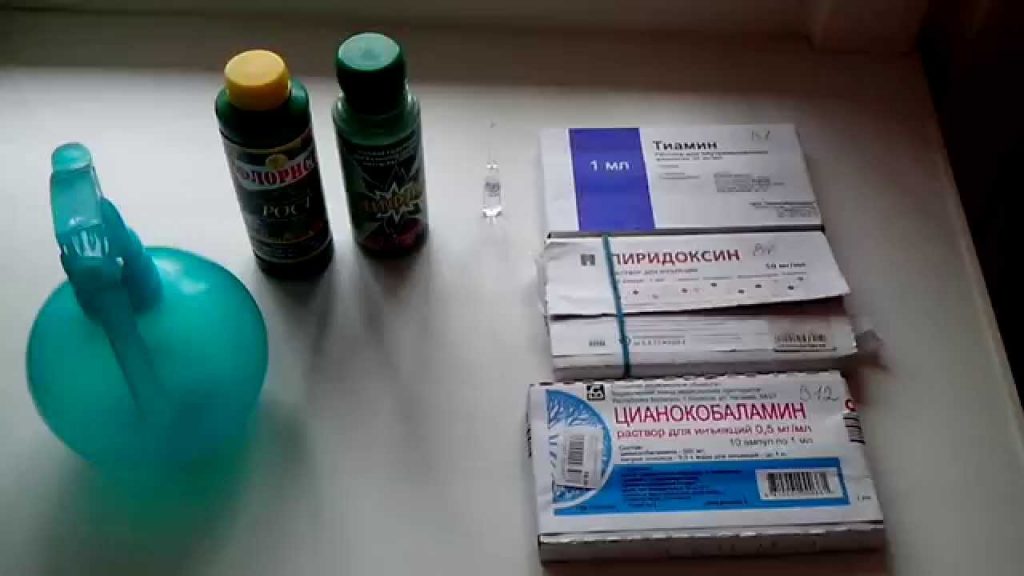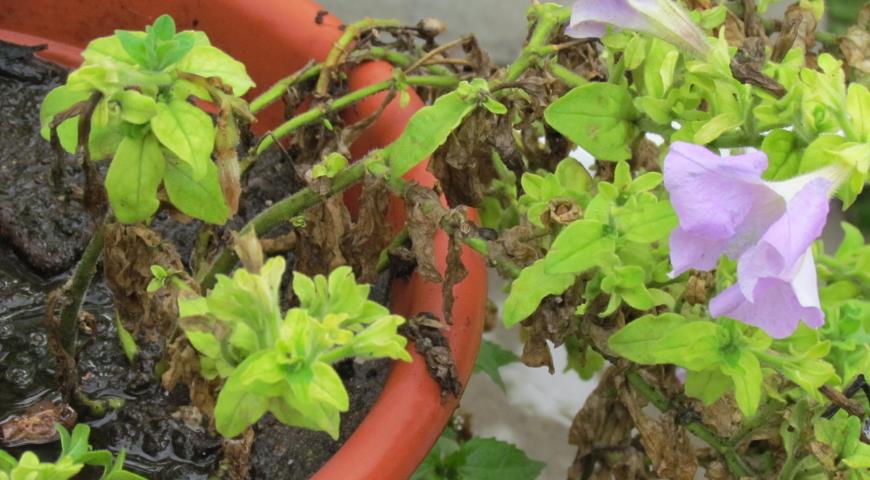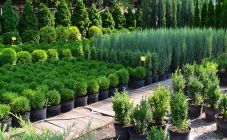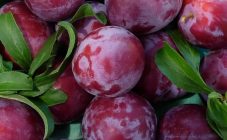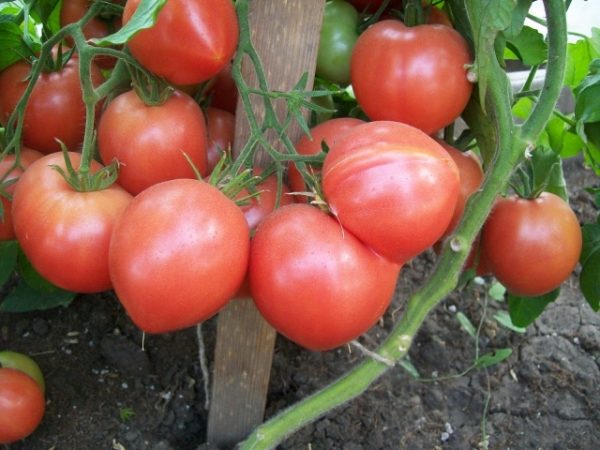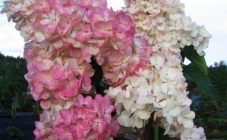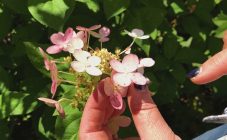Content:
Petunia Typhoon is the brightest representative of this flower variety. Differs in a variety of color shades and a splendid trail of aroma that hovers within a radius of several meters from the place of flowering. This variety can be used both for backyard flower beds and for decorating open balconies and terraces of cafes, restaurants, hotels. The bushes are decorated with large flowers, which attracts interior and landscape designers. Petunia Typhoon is quite capricious in content, but her magnificence is worth tinkering with.
Main characteristics
The bush of the Typhoon petunia itself forms thin shoots, on which there are a large number of inflorescences and numerous flowers. The maximum size of an inflorescence is about 9 cm. An average-sized flower can reach 5 cm. Hanging pots or hanging baskets are considered the most suitable places for growing.
The quality of flowering and the appearance of the bush largely depend on the soil in which the plant is grown. Typhoon needs stable temperature conditions, cold, and even more subzero temperatures are contraindicated for it. The leaves and branches of the bush are fragile, so they need additional protection from insidious weather surprises, such as strong winds, heavy rain, and even more so hail. The plant feels most comfortable in shade from direct sunlight and under the protection of a canopy.
The Typhoon variety has subspecies and the most common of them are the Typhoon petunia of the Silver variety and the Tornado petunia. This species is more hardy in comparison with its relatives. Resistance is given by strong shoots up to 1.5 meters long, which easily regenerate after damage, so natural disasters are not afraid of it. Petunia of the Silver variety has a long flowering period: throughout the summer and autumn until the first frost. Thanks to the strong root system, the plant receives a sufficient amount of moisture and does not require abundant frequent watering.
Scheme of sowing seeds and growing seedlings
Through trial and error, gardeners have determined that the best way to grow Typhoon bushes is from seeds. Here again, emphasis should be placed on the fact that it is necessary to use a soil designed specifically for this species. Only in this case will a healthy plant with wild flowering grow.
In any specialized store, you can purchase ready-made soil in which the proportions of the necessary components will be observed. If it is not possible to buy, you can mix it yourself, the soil contains peat, sand, humus and part of the turf.
For a normal landing, the following scheme should be applied:
- the bottom of the landing container is covered with a layer of expanded clay stone;
- the required amount of soil is laid out, abundantly filled with water;
- the seeds of the plant should be distributed at equal intervals over the surface;
- irrigated from a spray bottle;
- the top of the container should be covered with polyethylene or a glass dome to create a greenhouse effect.
The temperature should not be less than 20 ° C, but not more than 25 ° C.
There is a simpler and no less effective way to grow Typhoon large-flowered petunia seedlings: using peat tablets instead of soil in a container. The scheme itself is the same, but instead of a pot, a soaked peat tablet is used, in which the seeds are placed.
The first shoots appear in two weeks. After waiting for the first two leaves to appear on the stem, you can start picking seedlings. To avoid temperature jumps and weather disasters, the best time for transplanting into open ground is late May or early June.
What care is required for petunias
This is not to say that this large-flowered petunia requires painstaking care, but compliance with certain rules will give beautiful bushes with exuberant flowering. Given the persistence and ability to regenerate petunia Typhoon tall, you need:
- cut the longest stem shoots in time, which take a lot of strength from the bush;
- periodically remove the seed pods, which are formed in the place of the faded inflorescence;
- do not forget to fertilize with nutritious dressings.
How to fertilize a plant
Despite its unpretentiousness, large-flowered terry petunia, like any other plant, still needs feeding. In this case, it will bloom more intensively and release new stems.
After sowing the seeds, watering is recommended with the addition of microelements 1 time in 10 days. Throughout flowering, you need to fertilize the bushes at least three times.
The main periods for nutritional support are:
- planting in open ground is accompanied by nitrogen-containing fertilizer;
- the period when the buds are not yet formed requires calcium feeding;
- during flowering - nitrogen replenishment is added again.
Diseases and pests
Pests attacking petunia are divided into three categories:
- A spider mite, hardly noticeable at an early stage, braids the inflorescences from the lower side. It spreads very quickly.
How to fight: it is destroyed with the help of acaricides such as Neoron or Demitan, spraying with a pharmacy tincture of ordinary dandelion is also suitable. - Thrips are also hidden on the back of the leaf plate. The pests have an oblong body with a length of about 1.5 mm. The main sign of their appearance is long white plaque stripes. The flowers lose their normal shape and begin to dry out.
How to fight: biological drugs such as bioinsecticide Aktara, Spintor-240. - The most dangerous and widespread aphid. She attacks the plant rapidly, leaving traces in the form of sweet drops. The places visited by the aphids eventually become covered with a sooty fungus, which provokes drying and twisting of the leafy part of the plant.
How to fight: in addition to special bioinsecticides, insects such as zloty-eyed, ladybugs or fly-hummers serve as natural rescuers from this scourge.
So, the main factor in obtaining healthy seedlings capable of long-term lush flowering is properly prepared or purchased soil. In order for the plant to please with lush flowering, it must be regularly fertilized and protected from pests.
